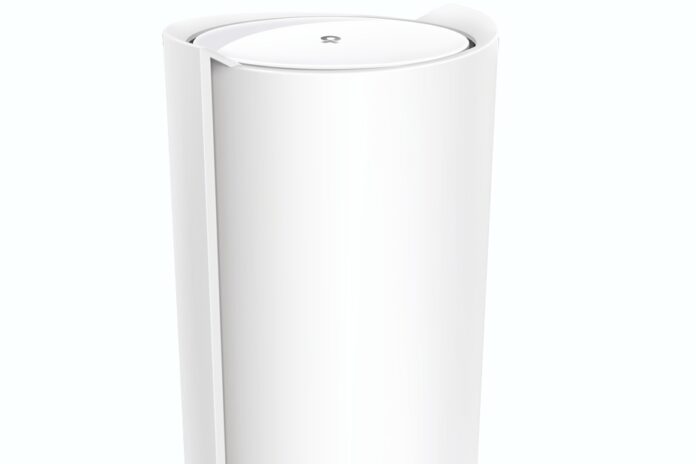We were warned that TP-Link’s newest product, the Deco XE200, is “extremely high-end”, first with its outrageous price tag of $1299.99 for two units. You can snoop around to find retailers that offer it for $650 apiece, but they are rare.
We are therefore dealing here with a set of two mesh network routers which are not affordable. We expect high performance. We subjected them to more than a month of testing, in a house with an exaggerated number of connected devices, i.e. 55. Between downloads of large games, local file transfers or on the Internet, broadcasts of videos on two or three screens at the same time, video conferences, online games and telecommuting, we have been merciless.
We have never had the slightest slowdown or noted abnormal delays or regretted the sudden disconnection of a device. Speeds and latency were as good on the primary unit plugged into the modem as they were on the secondary router in an upstairs office.
This column could almost end here, the primary mission of a good set of routers being accomplished. But we note from the installation that we are dealing here with a high-end product.
Another observation, only 3 of the 55 devices were not identified in the application, with the name “phone” or “unknown”. Most of our routers tested attached this unknown device label to two or three times as many devices.
These two routers have three frequency bands, one of 2.4 GHz, one of 5 GHz and the last of 6 GHz. By default, this last frequency is reserved for communication between the main router and the secondary one, which thus acts as a WiFi extender. Combined, they cover a space of 6,500 square feet. It is possible, if you absolutely want to connect your recent devices to WiFi 6e, to allow them to access this third band, but at the expense of the stability of the mesh network.
The use of artificial intelligence is often abused to make each router serve devices correctly. We found that 95% of the time the phone, computer or TV would connect to whichever unit, primary or secondary, was actually closest. When the device is capable, the larger and faster 5 GHz connection is always chosen.
Each of these routers can send up to 16 simultaneous WiFi beams, agility made possible by its 2.2 GHz quad-core processor. There are also three Ethernet ports on the back of each unit, two capable of transmitting 1 Gb/s and the third 10 Gb/s.
The Deco app has been redesigned and is much clearer. At the very top are network diagnostics (“Everything looks good” we’ve been getting all month), download and upload speeds, and the number of devices connected to each unit. We have a range of parental control tools, to filter content or limit connection hours according to age profiles. The network is protected by the HomeShield tool, which has a more sophisticated paid variant, HomeShield Pro, at $7.99 per month.
Obviously the price is high, the most ruinous of all the routers we have presented so far.
The units composing the Deco XE200 are big, much bulkier than the usual cylindrical products designed by TP-Link.
A first category of consumers or small businesses could benefit from a high-end product like the Deco XE200: users are very demanding, with many devices connected and who did not find the router satisfactory. This one pushes the capabilities of these supreme home network controllers even further.
If $1,299.99 isn’t a scary sum, spending it on the most important device on your internet may be justified.
For the more modest user, we have here capacities that far exceed the needs.















